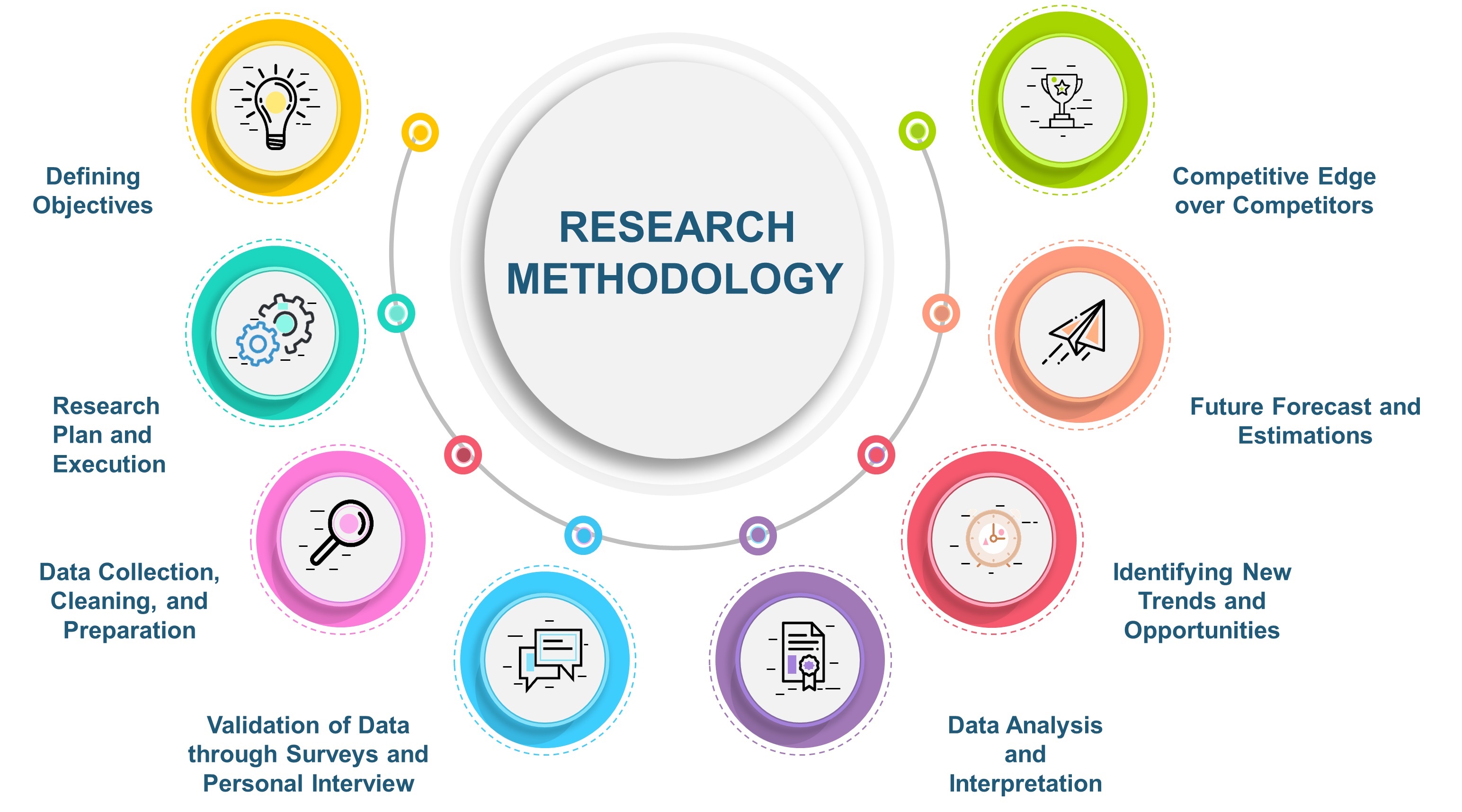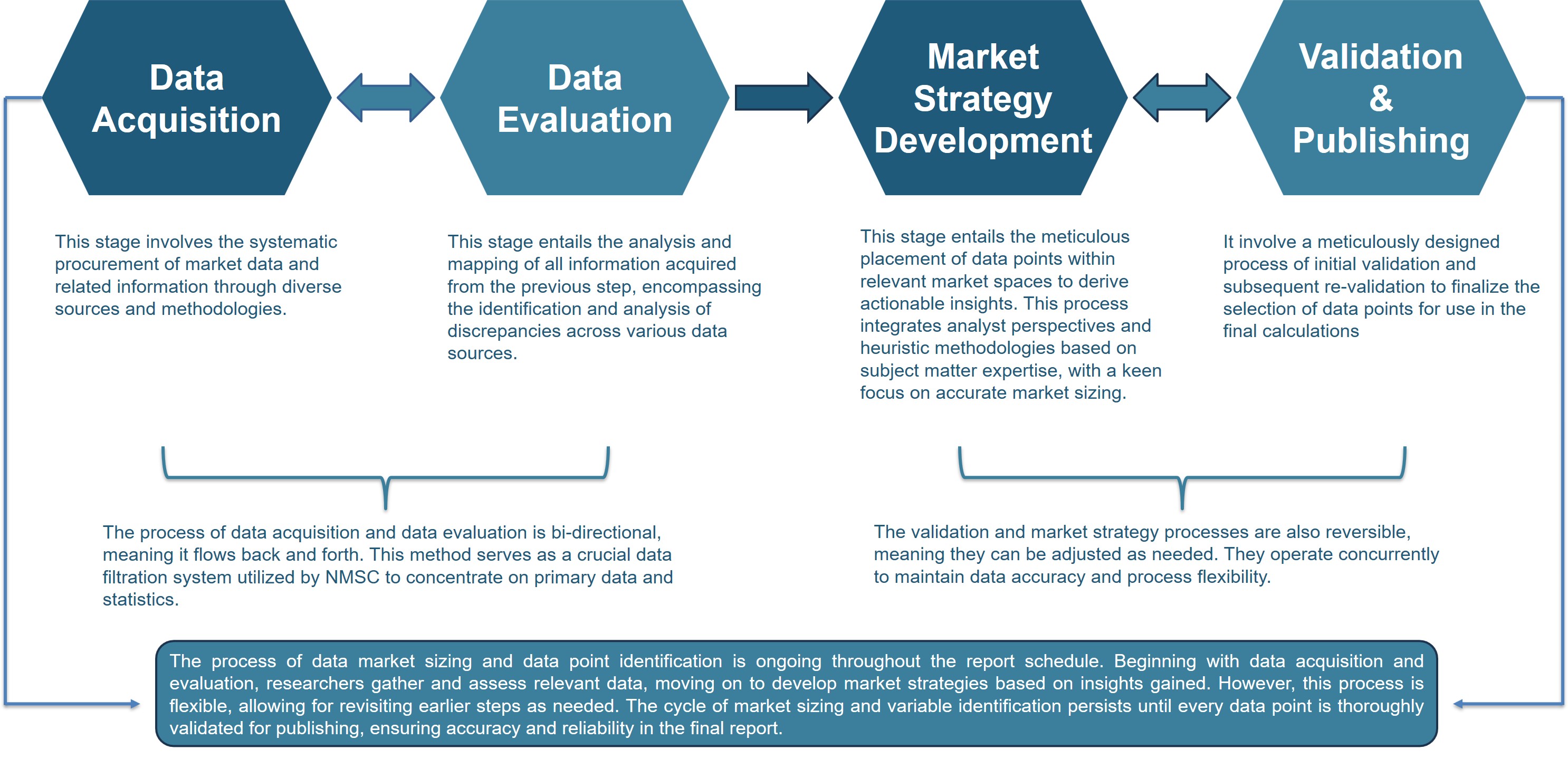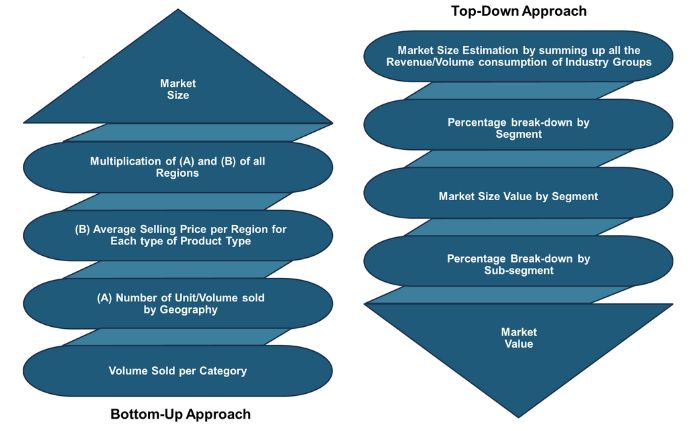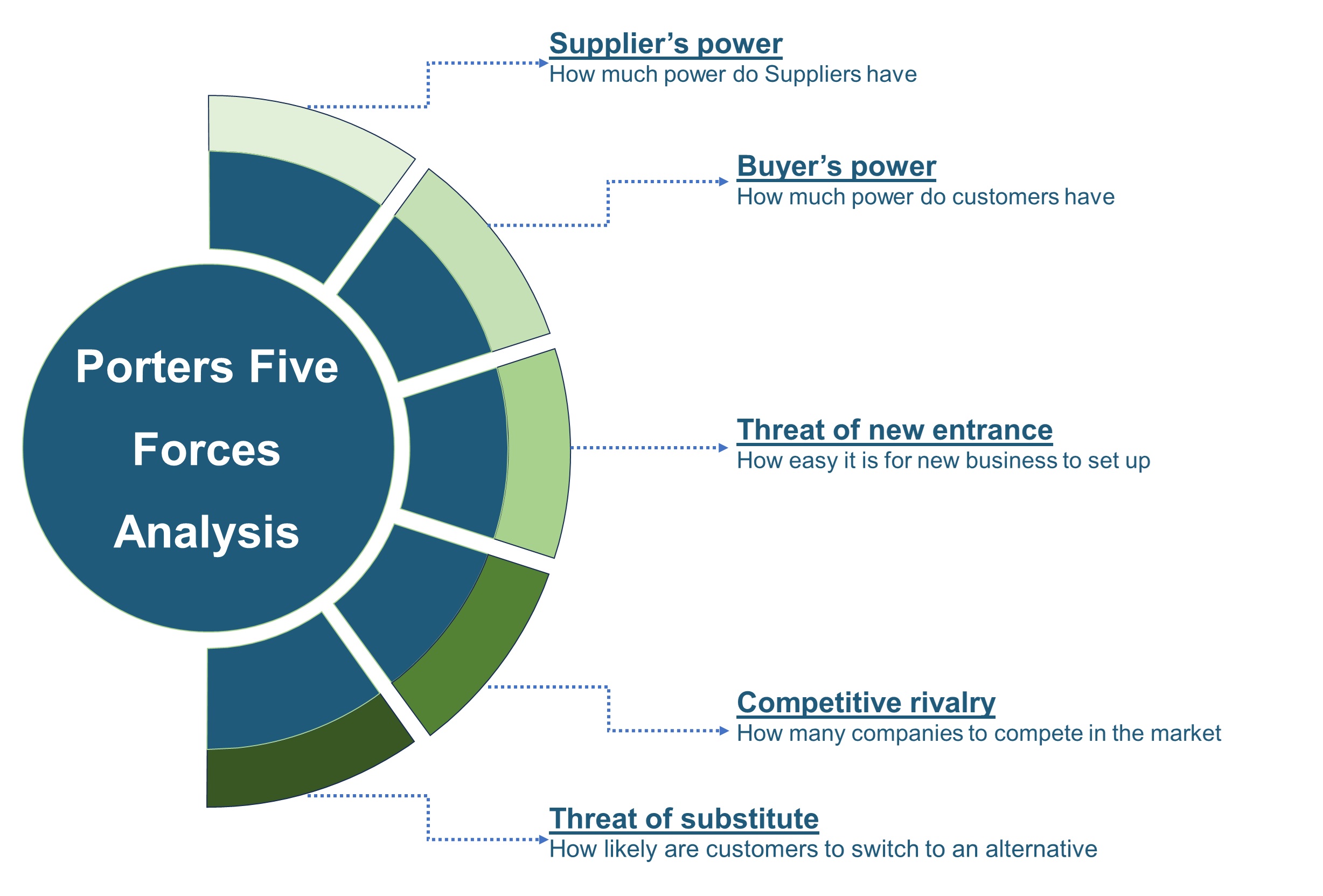
Digital Twin Tools for Enterprise Campus Networks Market by Component (Software and Services), by Enterprise Size (Small, Medium, and Large), by Application (Network Design and Planning, Real-Time Network Monitoring, Predictive Maintenance, and Others), and by End Users (Aerospace and Defense, Automotive and Transportation, Healthcare, Retail and E-Commerce, Energy and Utilities, Real Estate, IT and Telecommunication, and Others) – Global Opportunity Analysis and Industry Forecast, 2025–2030
US Tariff Impact on Digital Twin Tools for Enterprise Campus Networks Market
Trump Tariffs Are Reshaping Global Business
Digital Twin Tools for Enterprise Campus Networks Market Overview
The global Digital Twin Tools for Enterprise Campus Networks Market size was valued at USD 2.62 billion in 2024 and is predicted to reach USD 14.23 billion by 2030 with a CAGR of 32.6% from 2025-2030.
The factors such as the growth of the telecom industry, adoption of internet of things (IoT), and rising automotive sector drives the growth of the market. However, the high implementation costs associated with acquiring and integrating in digital twin tools in enterprise campus networks hinders the growth of the market. On the contrary, the integration of cloud solutions creates a significant future opportunity for the market.
Moreover, the top players such as Siemens AG, Valeo SA, IBM Corporation are taking various initiates such as product launch and partnership to enhance their market reach and diversify their product portfolios.
These initiatives aim to drive technological advancements and accelerate the adoption of digital twin solutions, facilitating improved efficiency and scalability. As the market evolves, the rising deployment of advanced technologies across sectors is expected to support consistent growth and widespread application.
Expansion of Telecom Industry Fuels the Digital Twin Tools for Enterprise Campus Networks Market Growth
The growth of the digital twin tools for enterprise campus networks is driven by the expansion of the telecom industry as rising demand for improved network performance and operational efficiency creates a need for digital twin technologies to monitor and manage network infrastructures in real-time.
The 2024 World Economic Forum shows telecommunications markets worldwide will expand by 46.1% during the next eight years from USD 1.81 trillion in 2022 to USD 2.65 trillion in 2030. This telecom sector growth increases need for enhance network performance and operations that in turn drives market growth.
Integration of Internet of Things (IoT) Drives the Digital Twin Tools for Enterprise Campus Networks Market Demand
The adoption of internet of things (IoT) fuels the market growth, as the rise in connected devices necessitates real-time data management and analysis. Digital twin adoption becomes more valued due to IoT device increment that lets organizations make better network decisions and handle tasks better.
The 5G Americas shows internet of things subscriptions worldwide reached 3.3 billion in 2023 and is projected to reach 5 billion by 2028. As companies use digital twin technology because growing IoT subscriptions let them navigate complex networks better and work smarter.
Rising Automotive Sector Propels the Market Expansion
Growing automobile manufacturing sector contributes to the market growth as they implement connected car technology and smart production practices. Companies in the automotive industry receive better control over production operations by creating accurate virtual copies of their assets that monitor constantly for better system optimization.
According to the report by the European Automobile Manufacturers Association, in 2023, global car production notched 76 million units, posting a 10.2% year-on-year increase.
Automotive production surges indicate the industry's tendency towards advanced technologies that increase the desire for digital twin tools in order to improve operational efficiency and simplify the operations involved.
High Costs Hinders the Digital Twin Tools for Enterprise Campus Networks Market Expansion
The high implementation costs associated with acquiring and integrating digital twin tools in enterprise campus networks deter organizations, especially smaller businesses that hinders market growth.
Integration of Cloud Solutions Creates a Future Opportunities for the Market
The integration of cloud solutions in digital twin tools for enterprise campus networks is expected to create significant growth opportunities in the coming years. This shift enhances data accessibility and scalability, enabling organizations to optimize network performance and improve operational efficiency.
Market Segmentations and Scope of the Study
The digital twin tools for enterprise campus networks market report is segmented on the basis of component, enterprise size, application, end users, and region. On the basis of component, the market is segmented into software and services. On the basis of enterprise size, the market is distributed into small, medium, and large, On the basis of application, the market is divided into network design and planning, real-time network monitoring, predictive maintenance, and others. On the basis of end users, the market is classified into aerospace & defense, automotive and transportation, healthcare, retail and e-commerce, energy and utilities, real estate, IT and telecommunication, and others. The regional breakdown includes regions such as North America, Europe, Asia-Pacific, and the Rest of the World (RoW).
Geographical Analysis
North America dominates the digital twin tools for enterprise campus networks market share and is expected to continue its dominance during the forecast period. This is attributed to the rapidly growing adoption of electric vehicles in the region that drives the demand for advanced network management solutions and enhances infrastructure planning and optimization.
According to the latest report published by the International Energy Agency (IEA), EV sales in the U.S. accounted for 1.4 million units in 2023 compared to 1 million units in 2022, reflecting a 40% growth. This significant growth in EV sales increase the need for effective network management tools emphasizes the essential role of digital twin technology in meeting the changing infrastructure requirements.
Also, expansion of healthcare facilities across the region drives the market growth as health organizations need fast data processing and better operational performance for their operations. These tools present digital versions of healthcare equipment so providers track performance and determine maintenance needs and improve resources distribution.
From 2022 report World Bank Group, North America spent USD 11,818 per person on healthcare that show 17.1% growth from 2019 total expenditures of USD 10,088. This rise in healthcare spending drives the adoption of digital twin tools, enhancing operational efficiency and infrastructure management, thereby boosting market growth.
On the other hand, Asia-Pacific is expected to show a steady rise in the market, fueled by the rising telecom sector in the region. The increasing demand for enhanced network management drives telecom operators to invest in advanced digital twin technologies, improving performance and enabling innovative services.
According to the latest report published by the Ministry of Commerce and Industry, India currently ranks as the world's second-largest telecommunications market, with a total telephone subscriber base of 1,203.7 million in August 2024. This extensive subscriber base enhances the market by real-time monitoring, and facilitating the integration of new services.
Also, the expanding e-commerce industry in countries such as China, Japan, and India propel the adoption of the digital twin tools for enterprise campus networks to support increased data traffic and connectivity.
As per the latest report published by the International Trade Administration (ITA), the Asia-Pacific e-commerce sector valued at 78.3% in 2021 and predicted to reach 80.0% by 2026, marking a growth of 2% over a period of 5 years. The shift in e-commerce sector drives the integration of digital twin tools that helps enterprises efficiently manage evolving infrastructure and meet growing operational demands.
Competitive Landscape
Various market players operating in the digital twin tools for enterprise campus networks industry are Siemens AG, Valeo SA, IBM Corporation, ABB Ltd., Oracle Corporation, Honeywell International Inc., WSP Global Inc., Rockwell Automation, Inc., Ansys, Inc., Autodesk, Inc., Nvidia Corporation, Accenture plc, Fujitsu Limited, TATA Consultancy Services Limited, Dassault Systemes SE, and others. These market players continue to adopt market development strategies including product launch and partnership to maintain their dominance in the market.
For instance, in March 2023, WSP partnered with Amazon Web Services (AWS) to introduce digital twin technologies for sustainable infrastructure, leveraging AWS's cloud services for enhanced management. Similarly, digital twin tools for enterprise campus networks improve performance monitoring and optimize resource allocation, highlighting their vital role in enhancing operational efficiency.
Key Benefits
-
The report provides quantitative analysis and estimations of the market from 2025 to 2030, which assists in identifying the prevailing market opportunities.
-
The study comprises a deep-dive analysis of the current and future digital twin tools for enterprise campus networks market trends to depict prevalent investment pockets in the market.
-
Information related to key drivers, restraints, and opportunities and their impact on the digital twin tools for enterprise campus networks trend is provided in the report.
-
Competitive analysis of the players, along with their market share is provided in the report.
-
SWOT analysis and Porters Five Forces model is elaborated in the study.
-
Value chain analysis in the market study provides a clear picture of roles of stakeholders
Digital Twin Tools for Enterprise Campus Networks Market Key Segments
By Component
-
Software
-
Services
By Enterprise Size
-
Small
-
Medium
-
Large
By Application
-
Network Design and Planning
-
Real-Time Network Monitoring
-
Predictive Maintenance
-
Others
By End Users
-
Aerospace and Defense
-
Automotive and Transportation
-
Healthcare
-
Retail and E-Commerce
-
Energy and Utilities
-
Real Estate
-
IT & Telecommunication
-
Others
By Region
-
North America
-
The U.S.
-
Canada
-
Mexico
-
-
Europe
-
The UK
-
Germany
-
France
-
Italy
-
Spain
-
Denmark
-
Netherlands
-
Finland
-
Sweden
-
Norway
-
Russia
-
Rest of Europe
-
-
Asia-Pacific
-
China
-
Japan
-
India
-
South Korea
-
Australia
-
Indonesia
-
Singapore
-
Taiwan
-
Thailand
-
Rest of Asia-Pacific
-
-
RoW
-
Latin America
-
Middle East
-
Africa
-
Key Players
-
Siemens AG
-
Valeo SA
-
IBM Corporation
-
ABB Ltd.
-
Oracle Corporation
-
Honeywell International Inc.
-
WSP Global Inc.
-
Rockwell Automation, Inc.
-
Ansys, Inc.
-
Autodesk, Inc.
-
Nvidia Corporation
-
Accenture plc
-
Fujitsu Limited
-
TATA Consultancy Services Limited
-
Dassault Systemes SE
REPORT SCOPE AND SEGMENTATION:
|
Parameters |
Details |
|
Market Size in 2024 |
USD 2.62 Billion |
|
Revenue Forecast in 2030 |
USD 14.23 Billion |
|
Growth Rate |
CAGR of 32.6% from 2025 to 2030 |
|
Analysis Period |
2024–2030 |
|
Base Year Considered |
2024 |
|
Forecast Period |
2025–2030 |
|
Market Size Estimation |
Billion (USD) |
|
Growth Factors |
|
|
Countries Covered |
28 |
|
Companies Profiled |
15 |
|
Market Share |
Available for 10 companies |
|
Customization Scope |
Free customization (equivalent up to 80 working hours of analysts) after purchase. Addition or alteration to country, regional, and segment scope. |
|
Pricing and Purchase Options |
Avail customized purchase options to meet your exact research needs. |

















 Speak to Our Analyst
Speak to Our Analyst





















